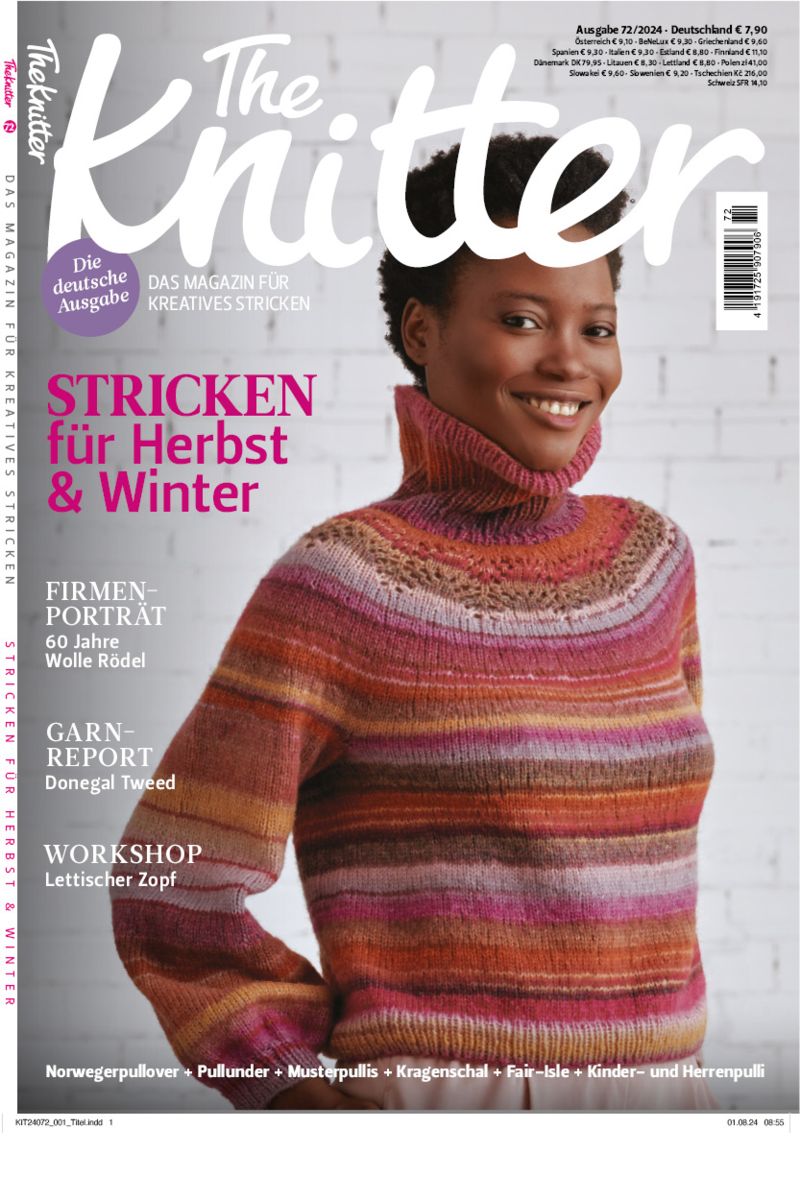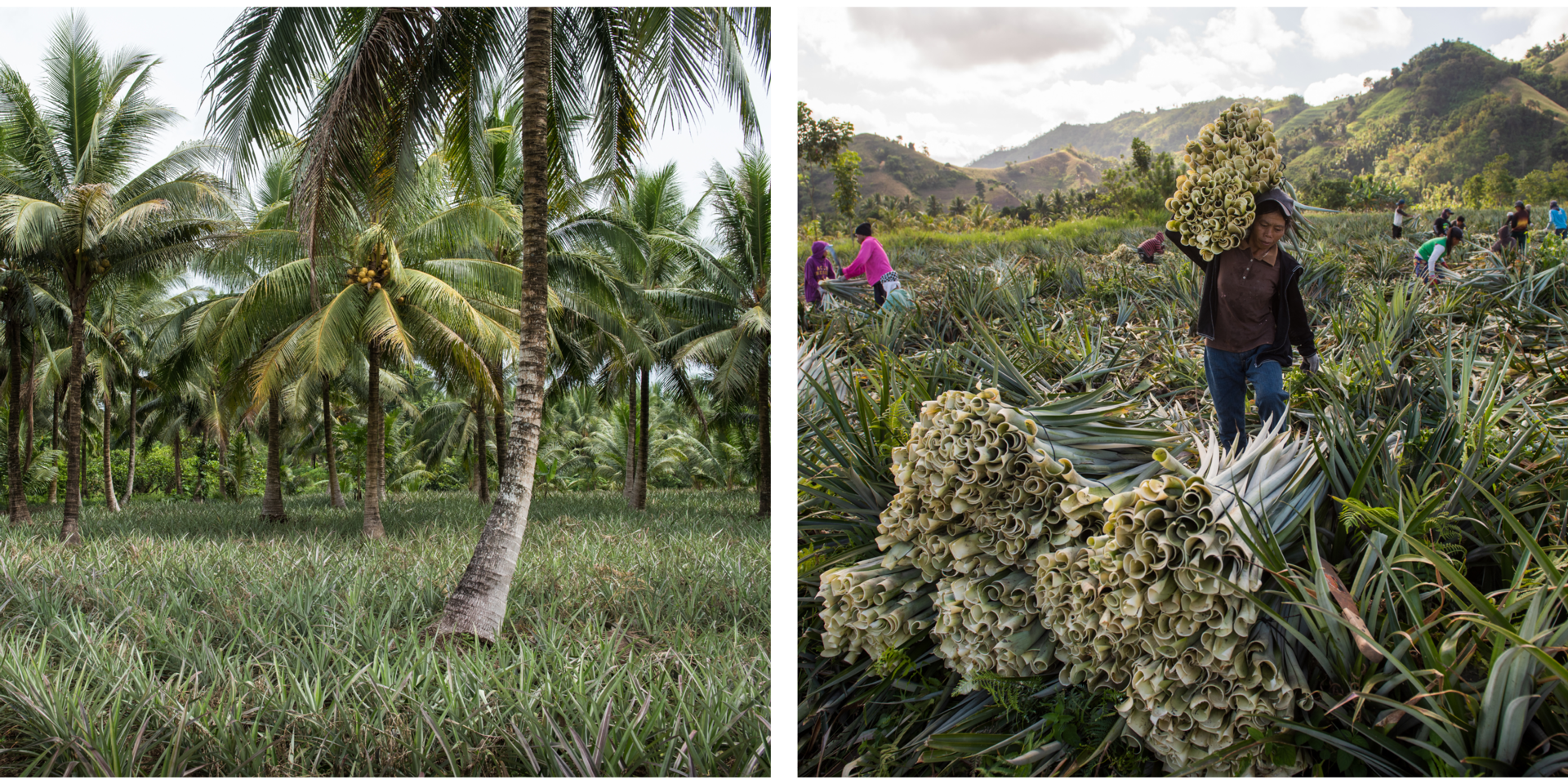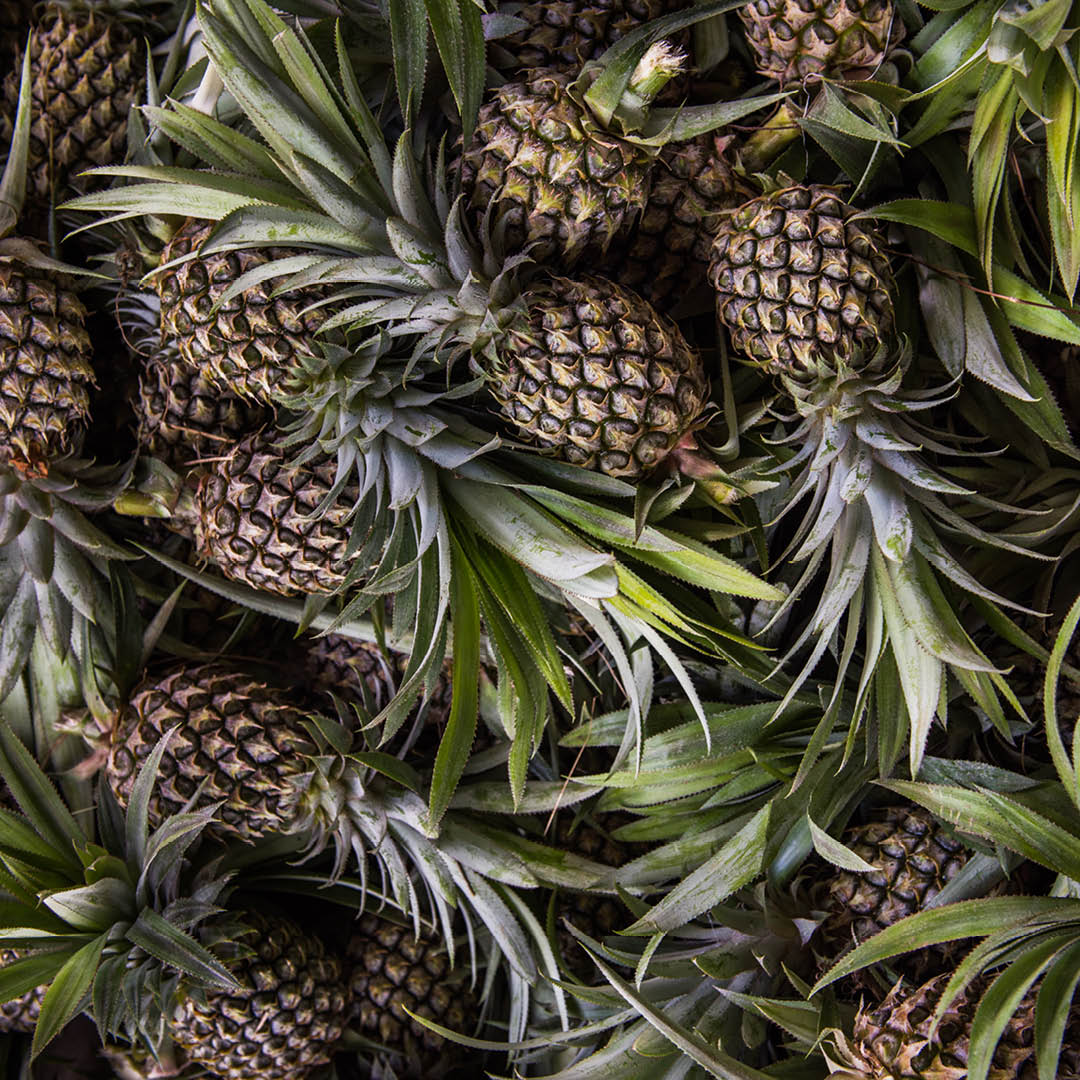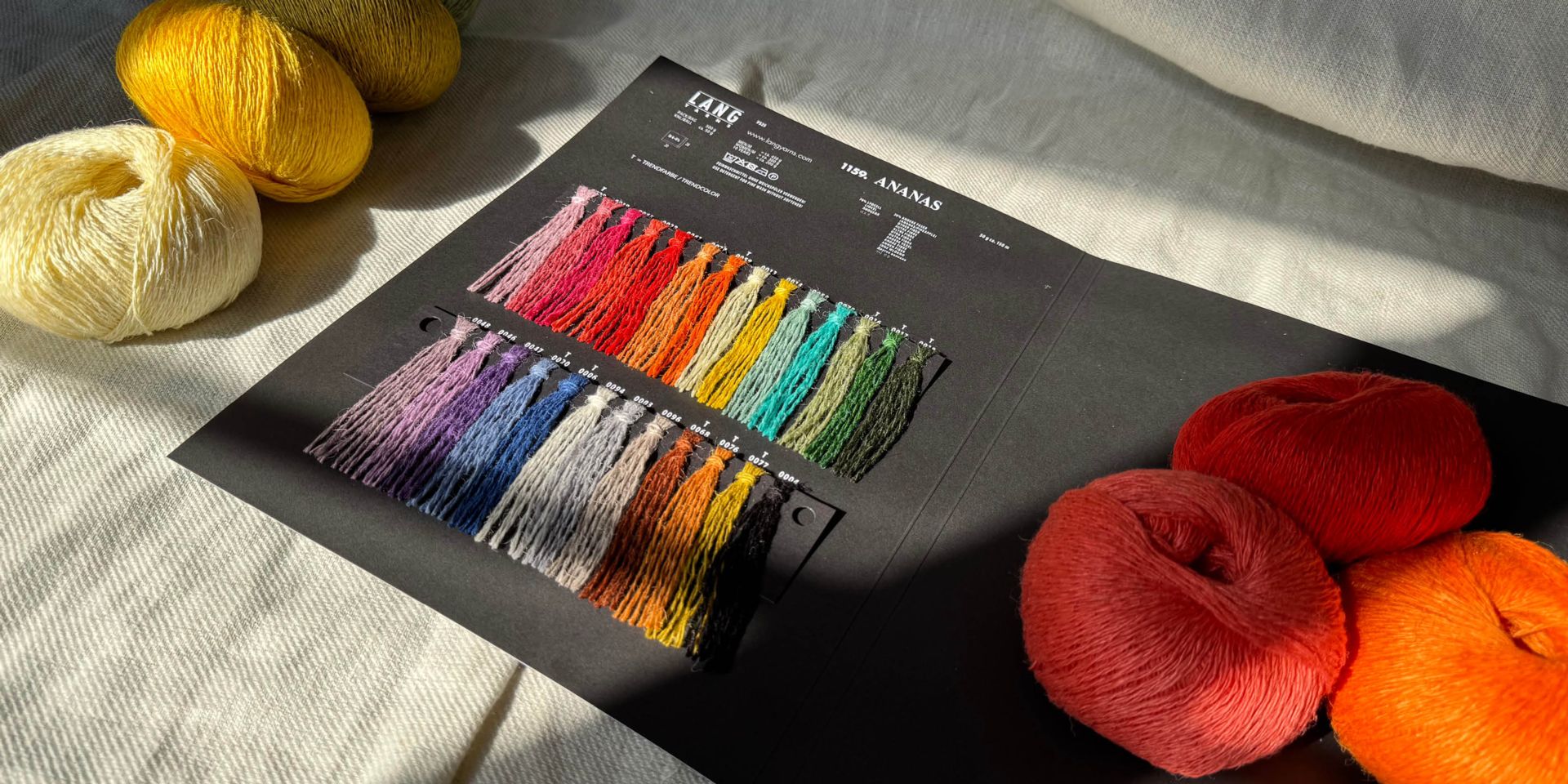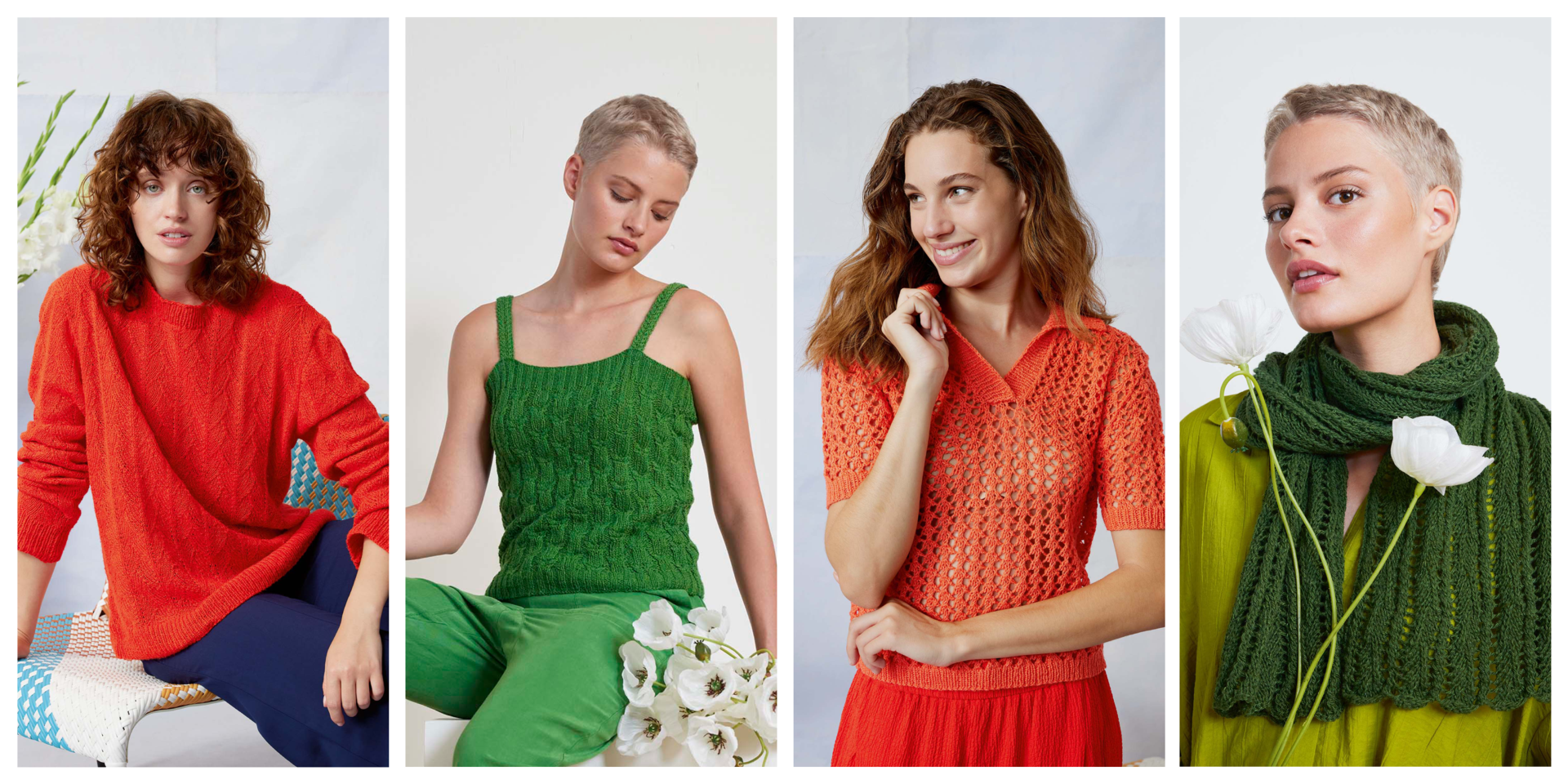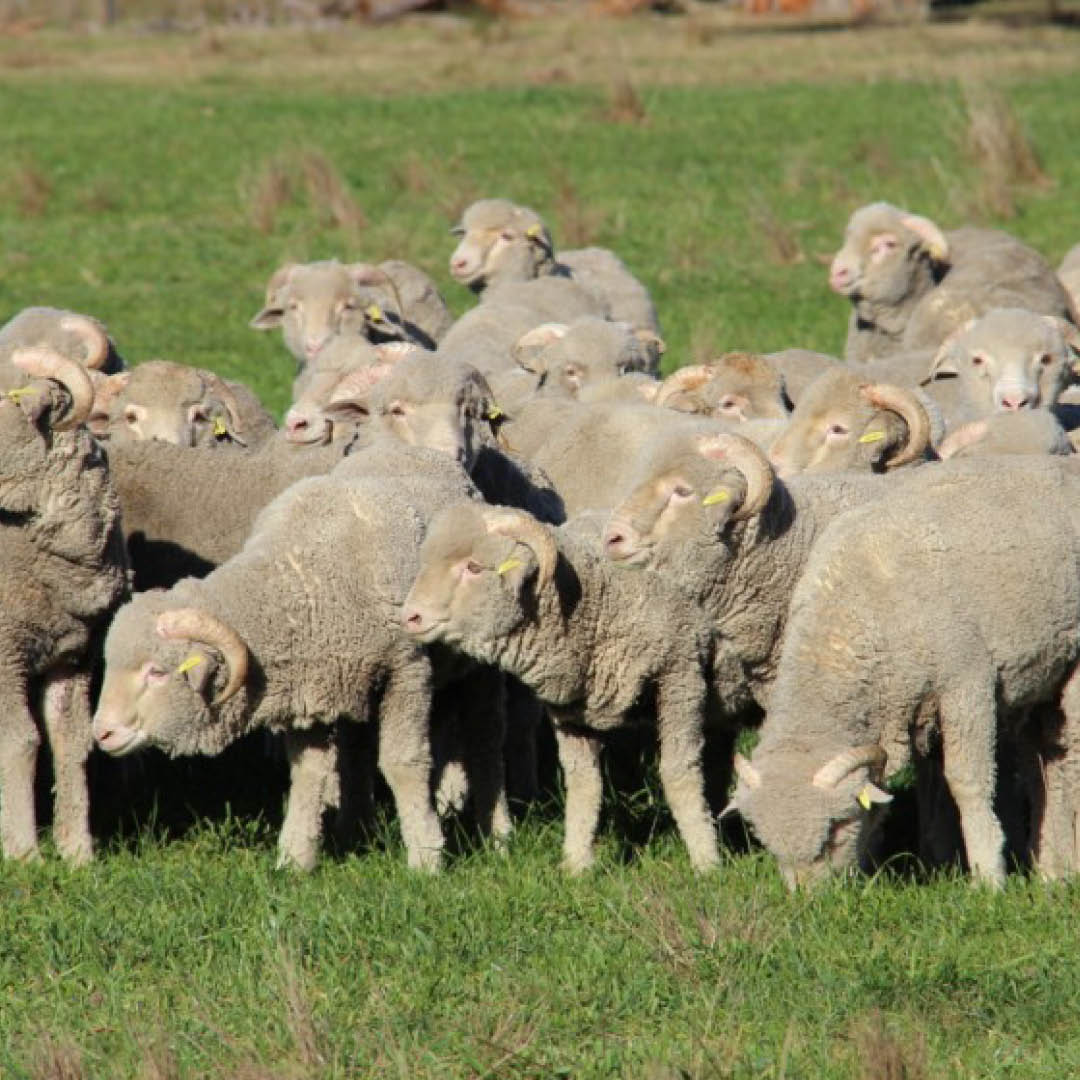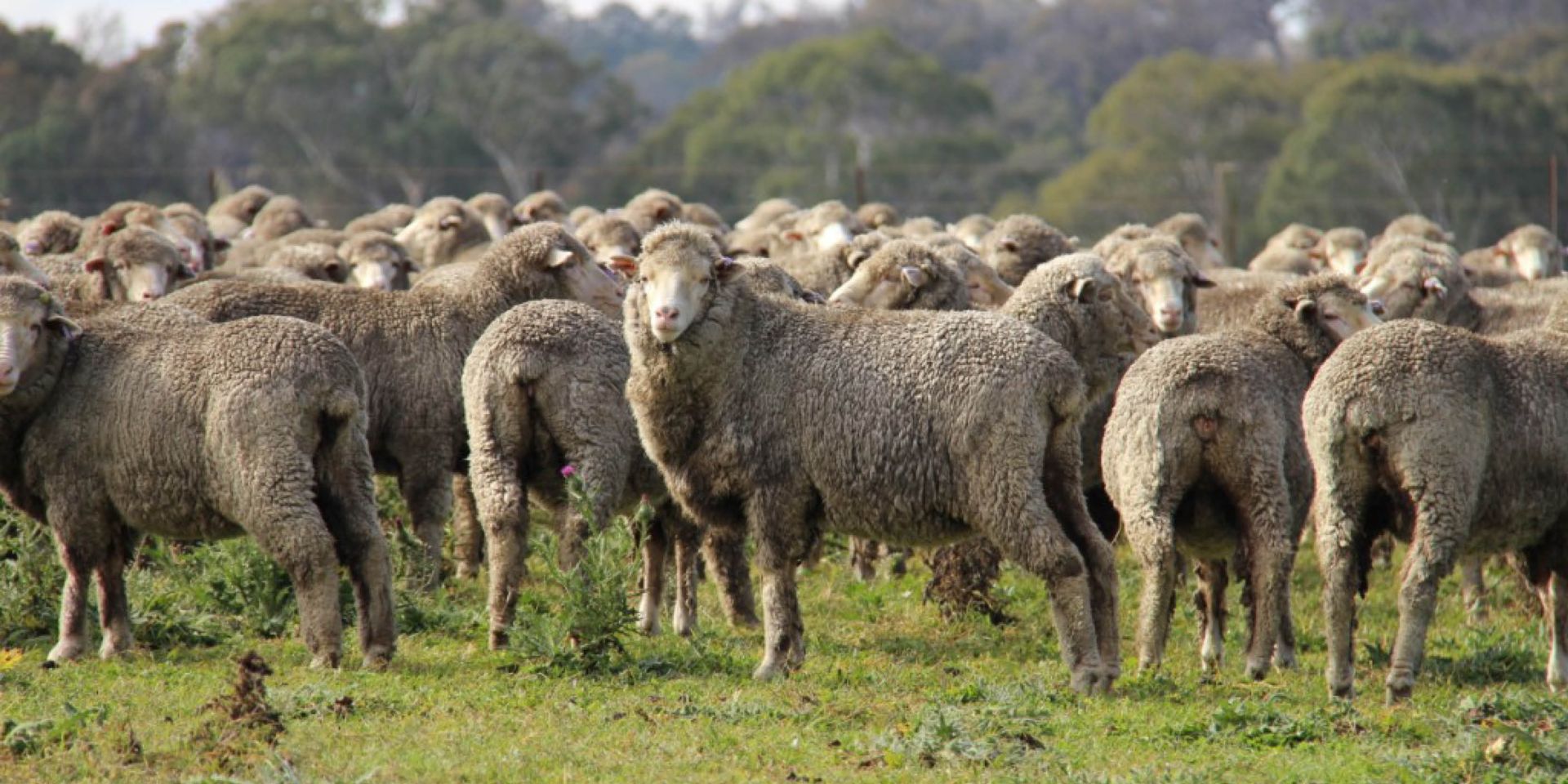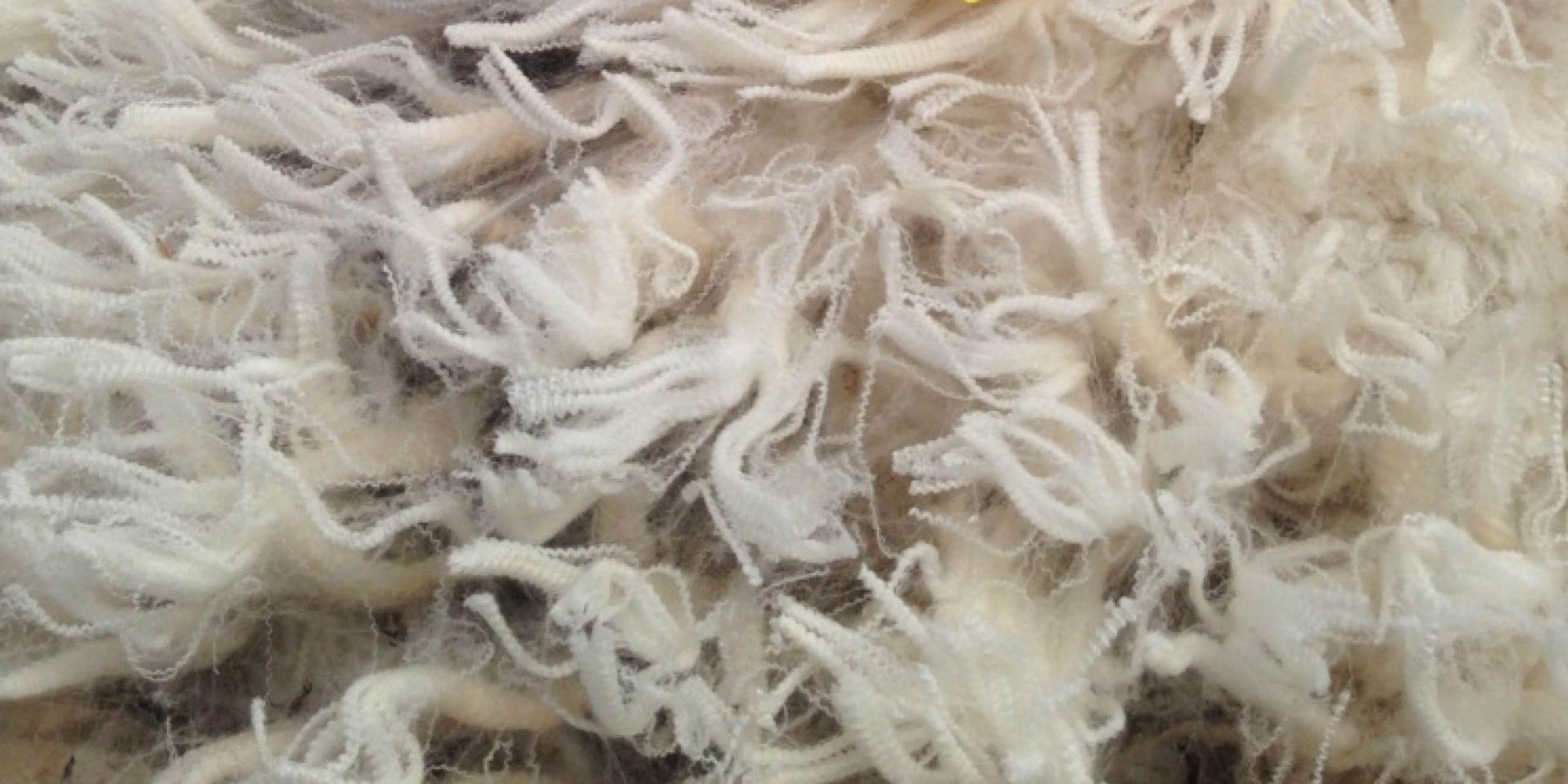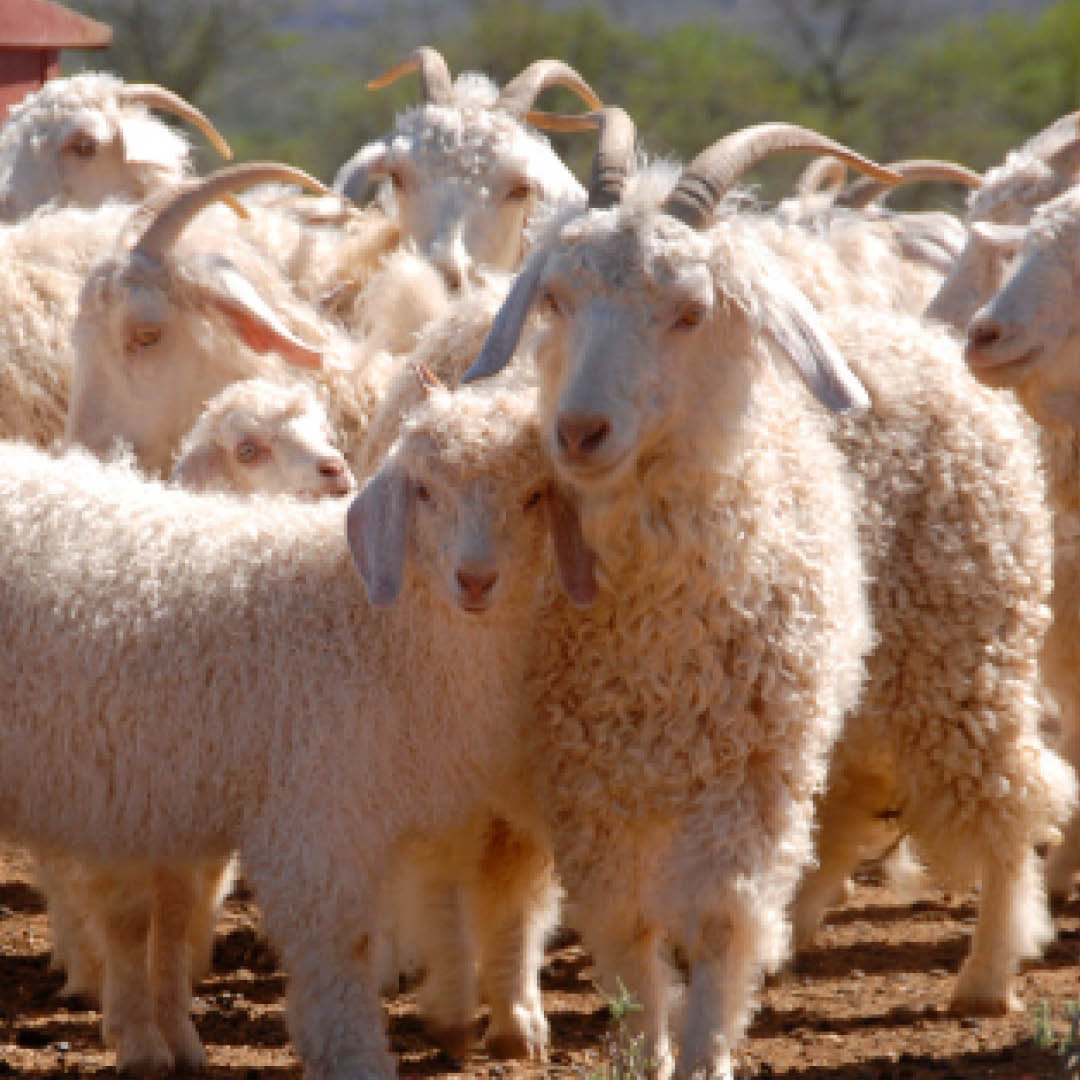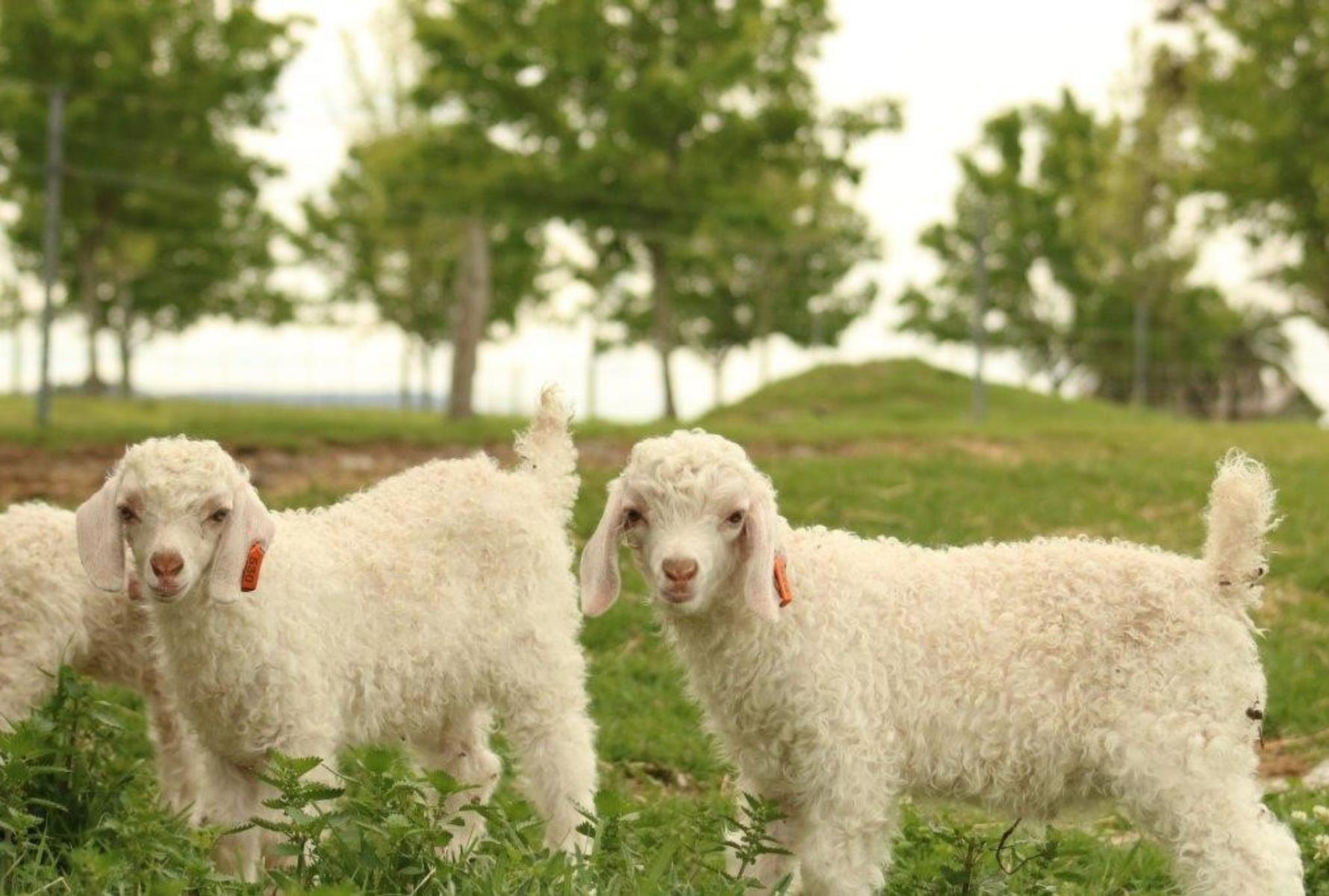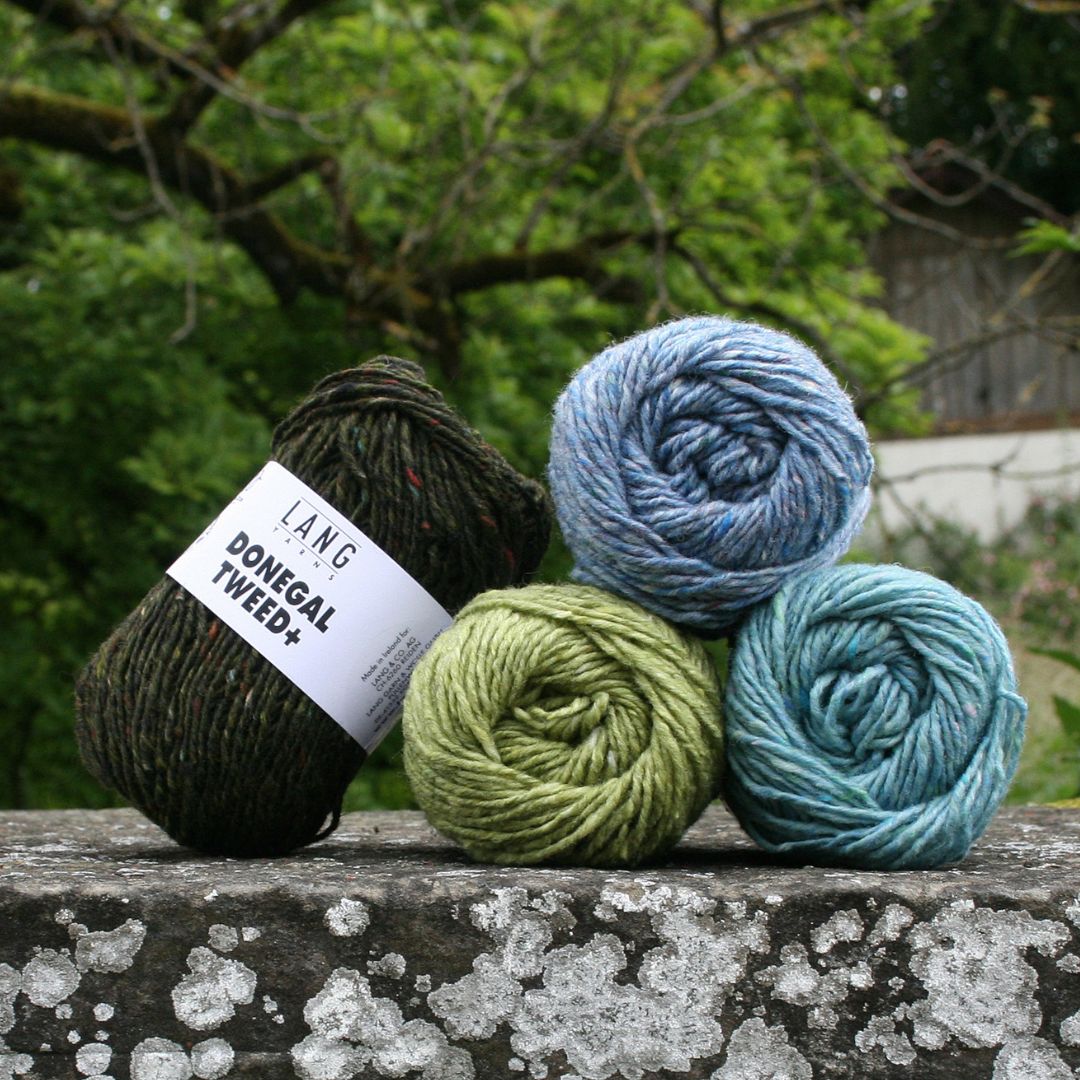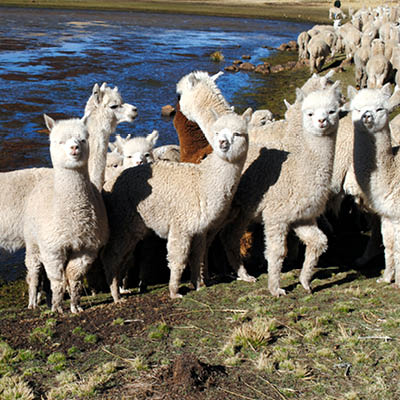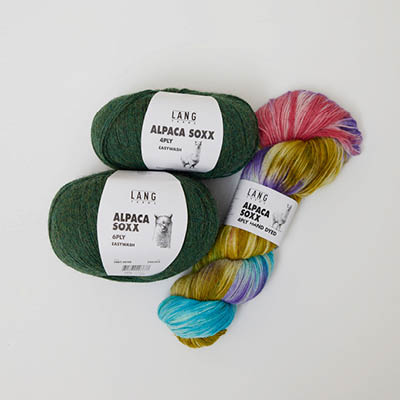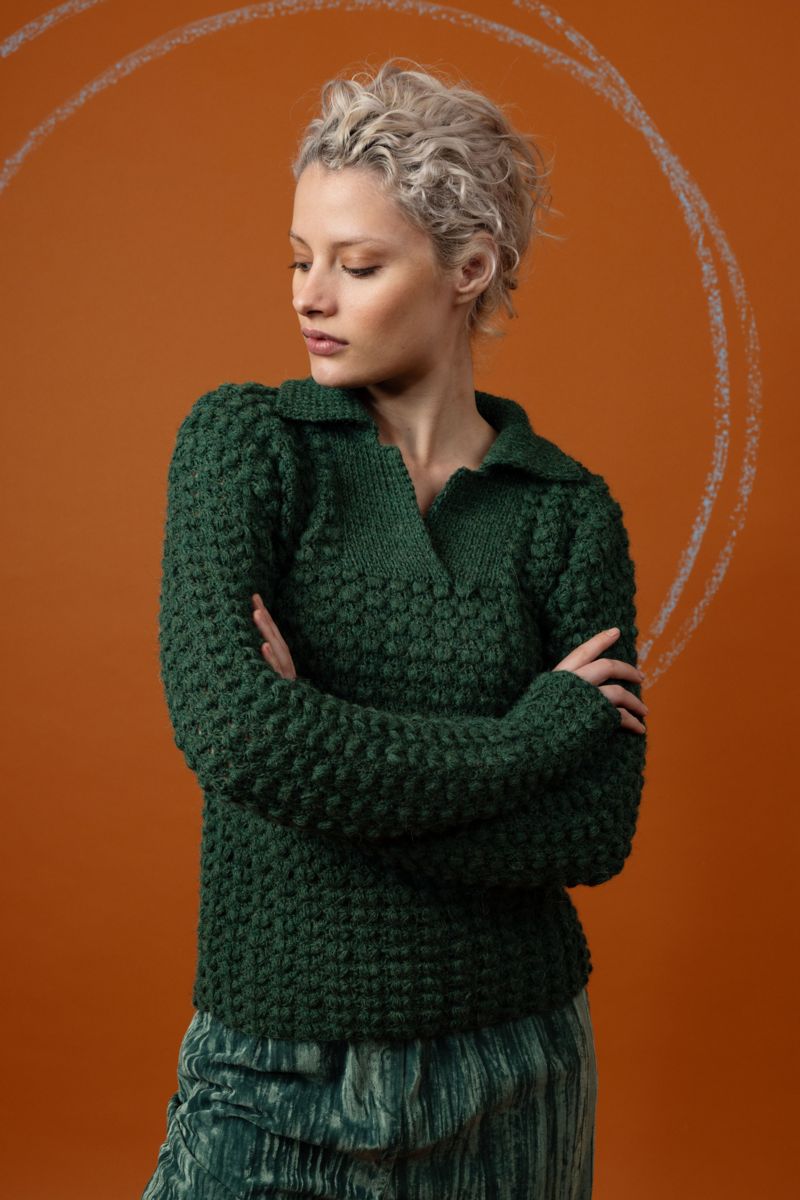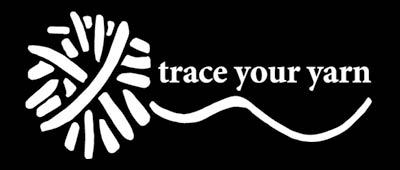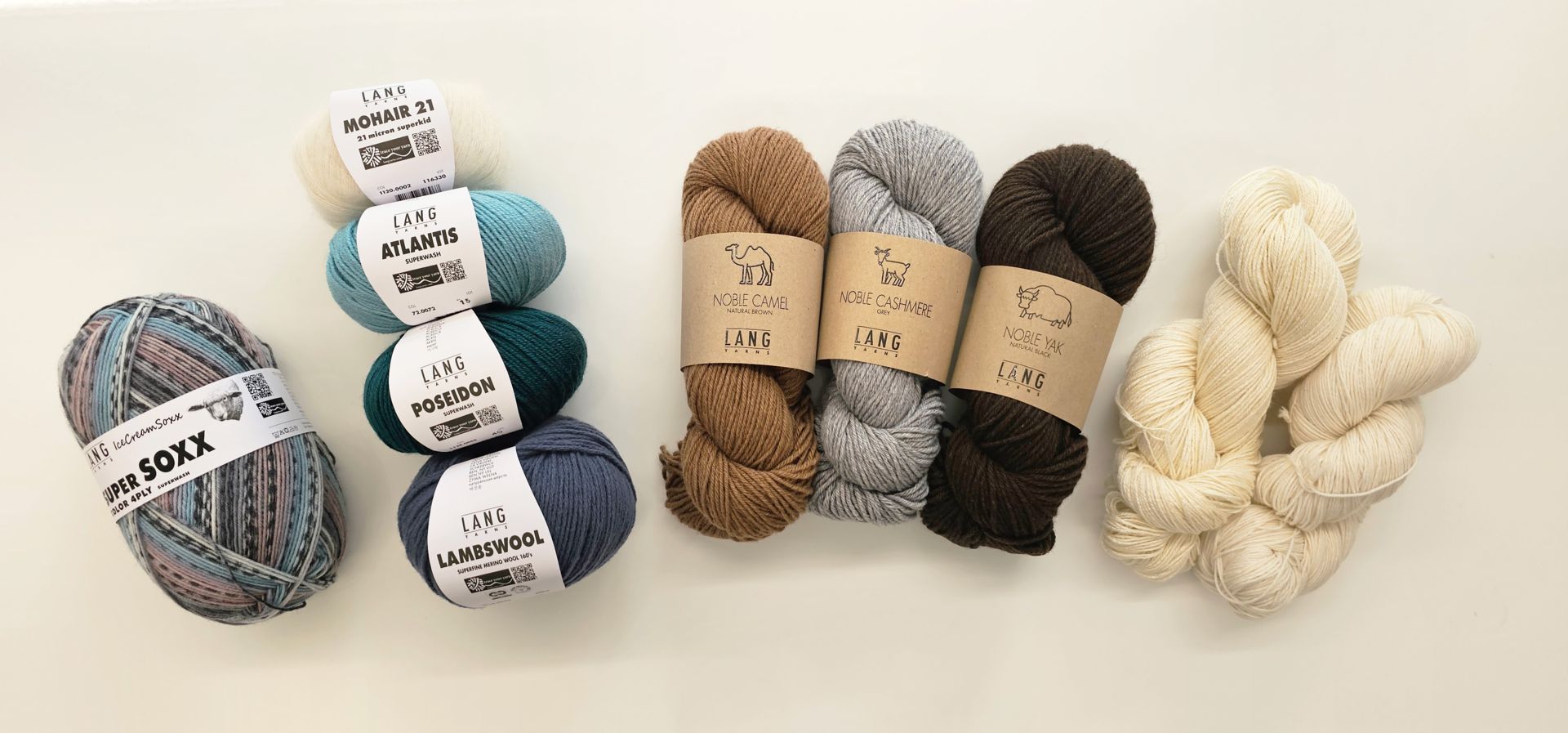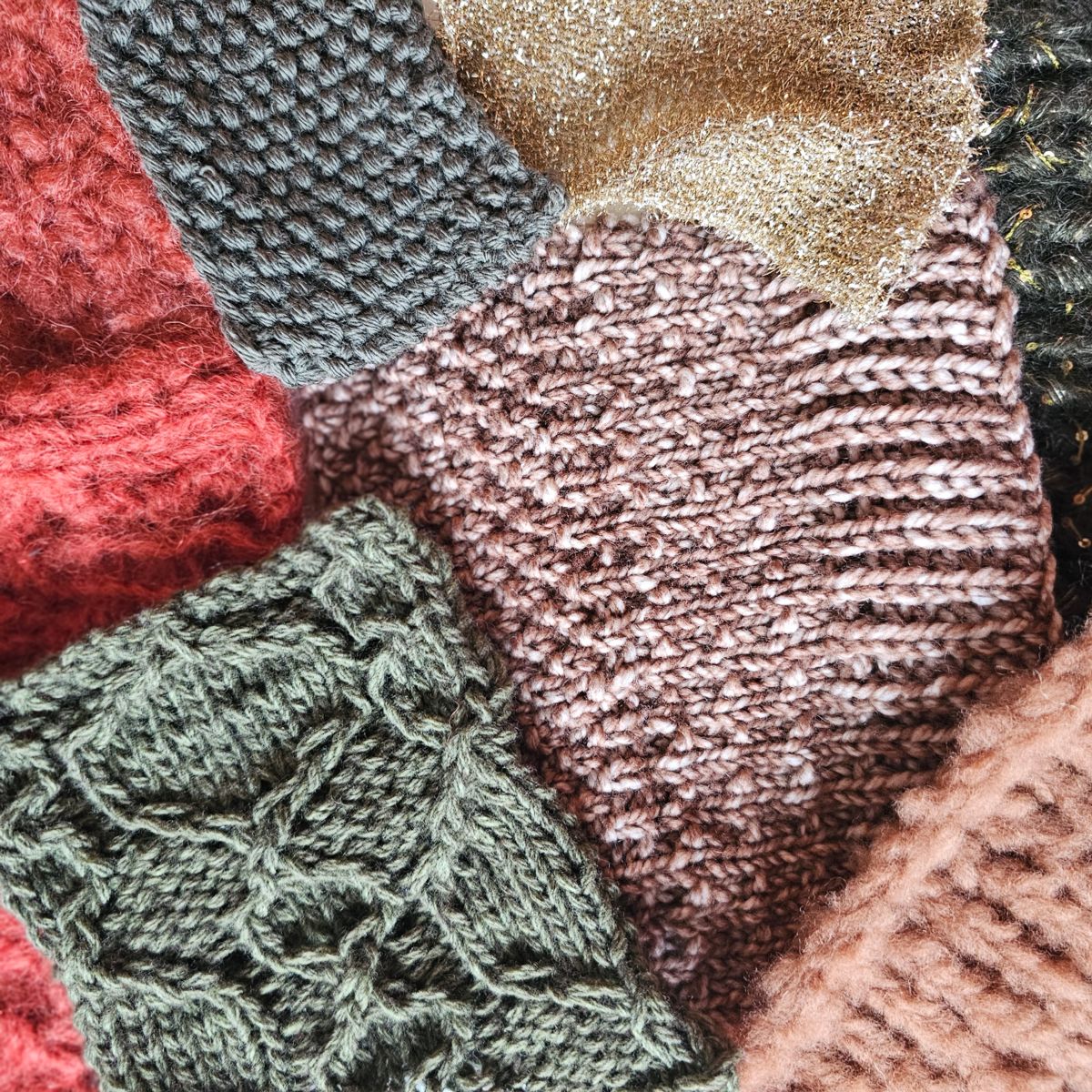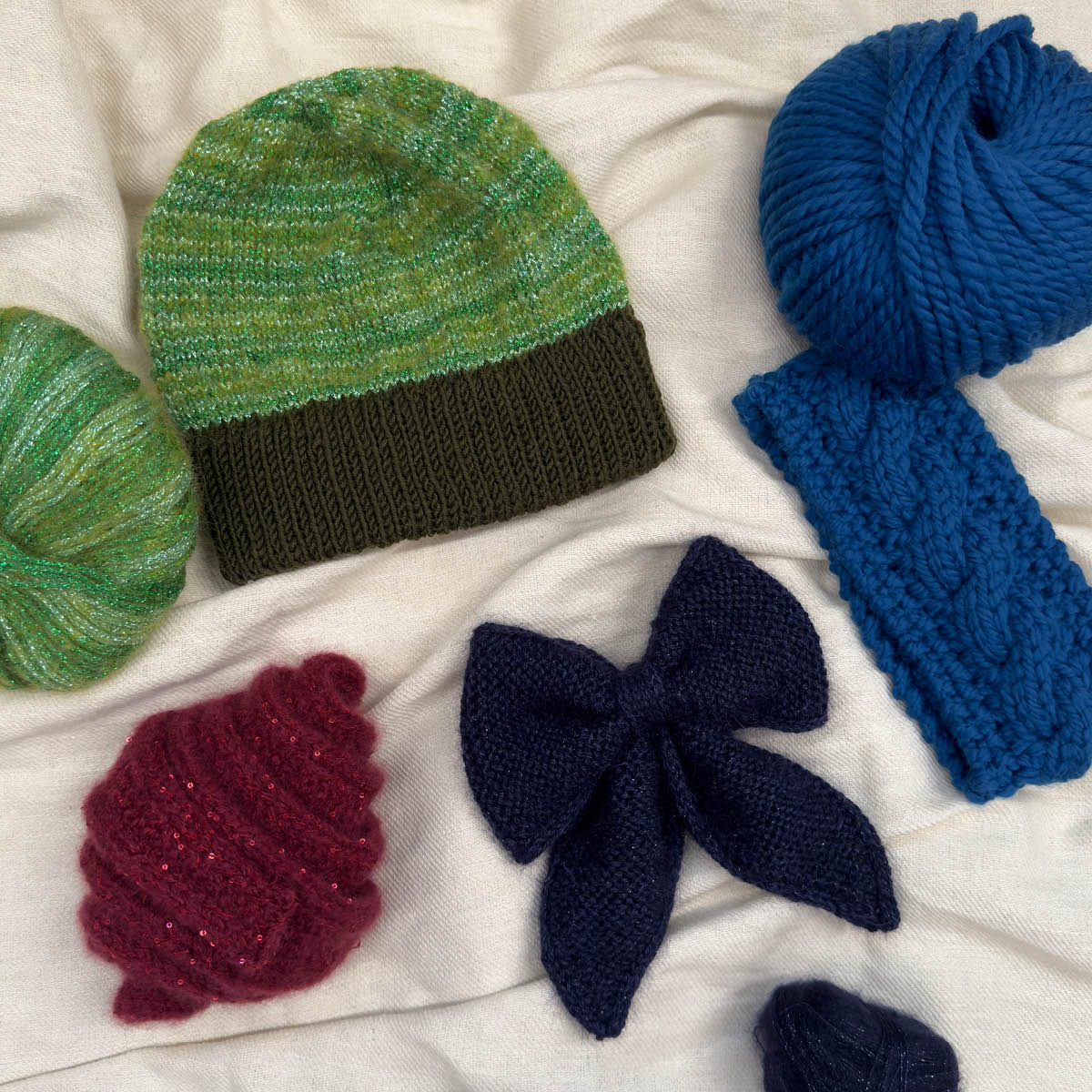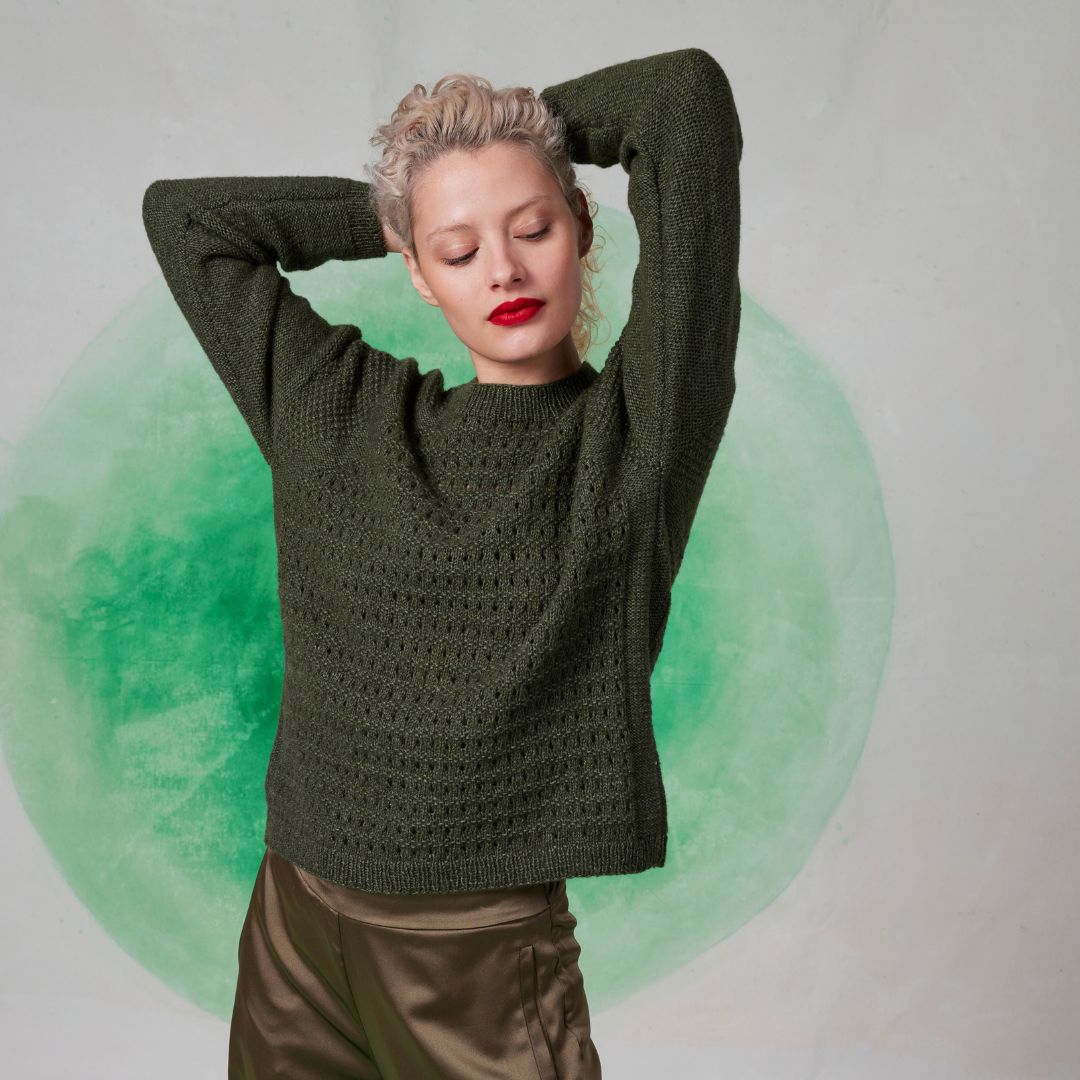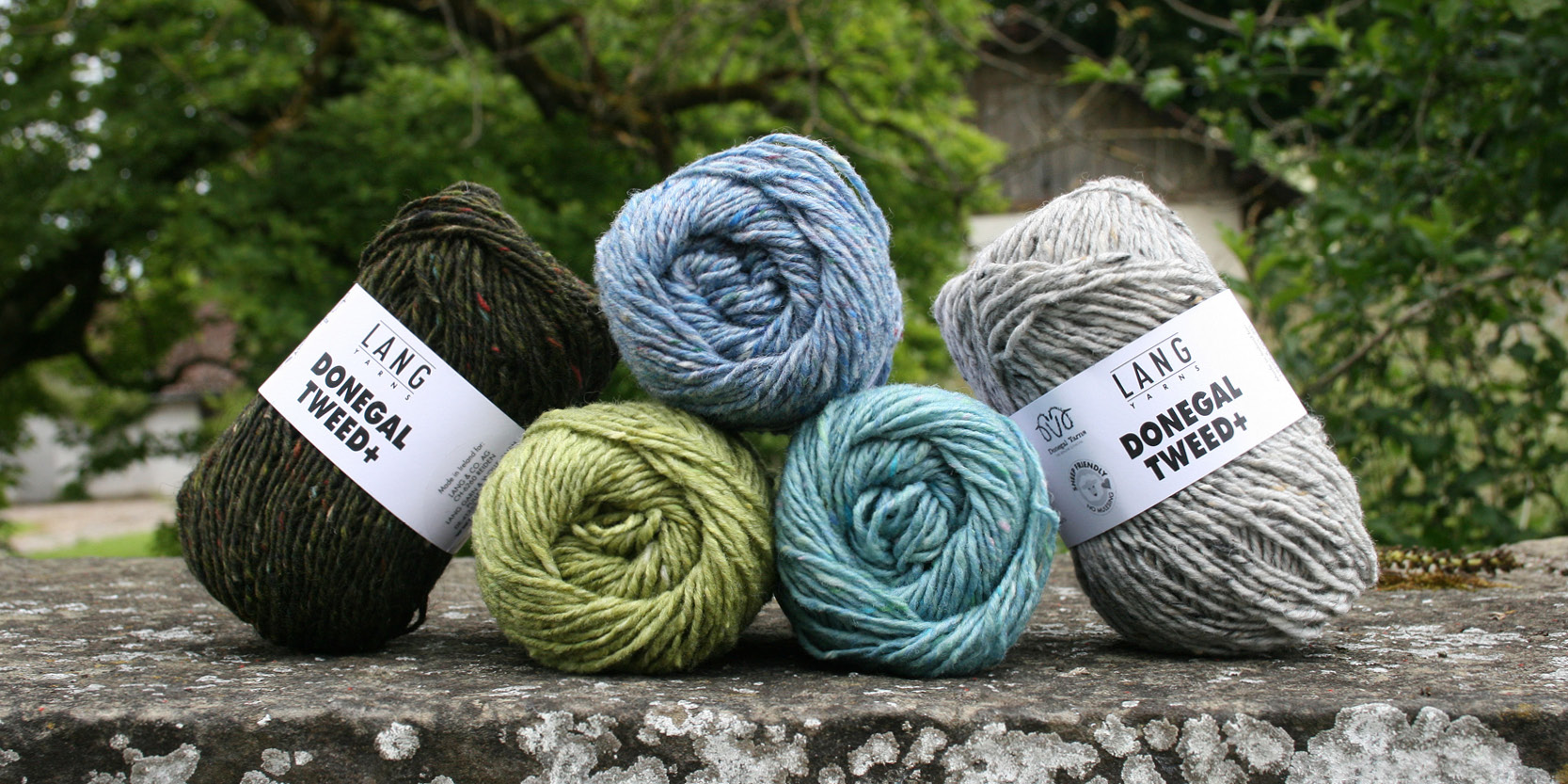
The tweed yarn DONEGAL TWEED + takes its name from its birthplace. In the Donegal region of Ireland, we have developed the authentic tweed yarn in co-operation with the spinning mill ‘Donegal Yarns’. Thousands of years ago, the knowledge and tradition of hand-spinning and weaving was established in the green hills of the wild Atlantic coast, in the northernmost western part of the island. In an article from ’The Knitter’ issue 72/24, the editor Janne Graf writes about the history of tweed yarns from Donegal:
“The tradition of spinning, weaving and knitting was already well documented by the year 1800. Mostly, a combination of home-grown and imported wool was processed, dyed and spun into yarn, then knitted or sold to hand-weavers for the manufacture of cloth. Garments made in this way were primarily intended for personal use, but some were also sold elsewhere and, in some cases, exported“.
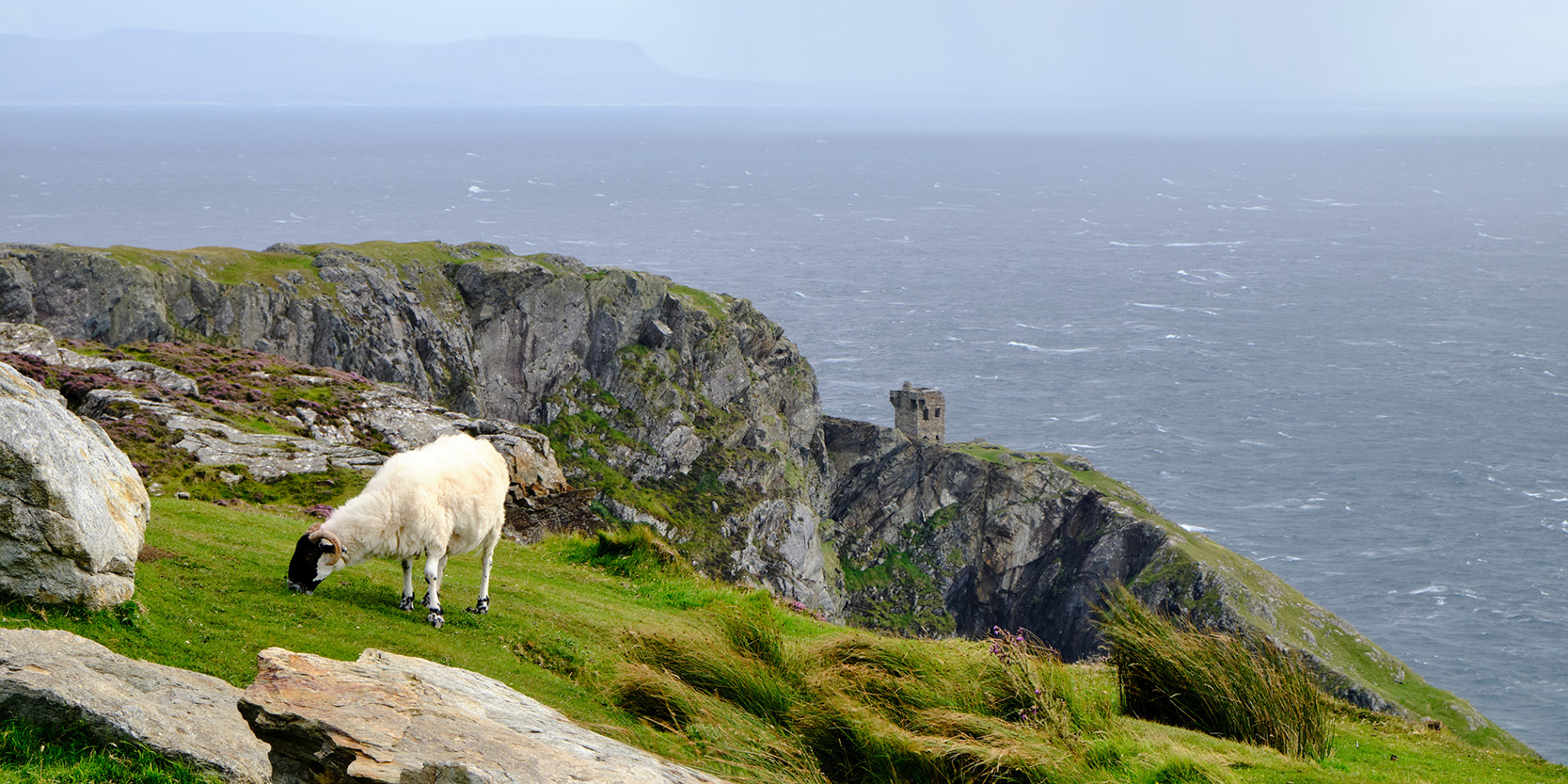
At the end of the 19th century the knitwear industry in Donegal transitioned from home-working to factory production, thanks to government support and increasing demand worldwide. With a carpet factory and the first spinning mill in Kilcar, 1899 marked the beginnings of the hand-knitting yarn production that we see in the region today. During the course of the 20th century, the state-subsidised industry continued to flourish and the spinning mills were taken over by private investors in 2007. Chris Weiniger, the current managing director of ‘Donegal Yarns’ spinning mill in Kilcarra, explains:
“[The investors] wanted to invest in the future of traditional yarn production, it was their aim to preserve the integrity of the products and continue the tradition by manufacturing authentic tweed yarns“.
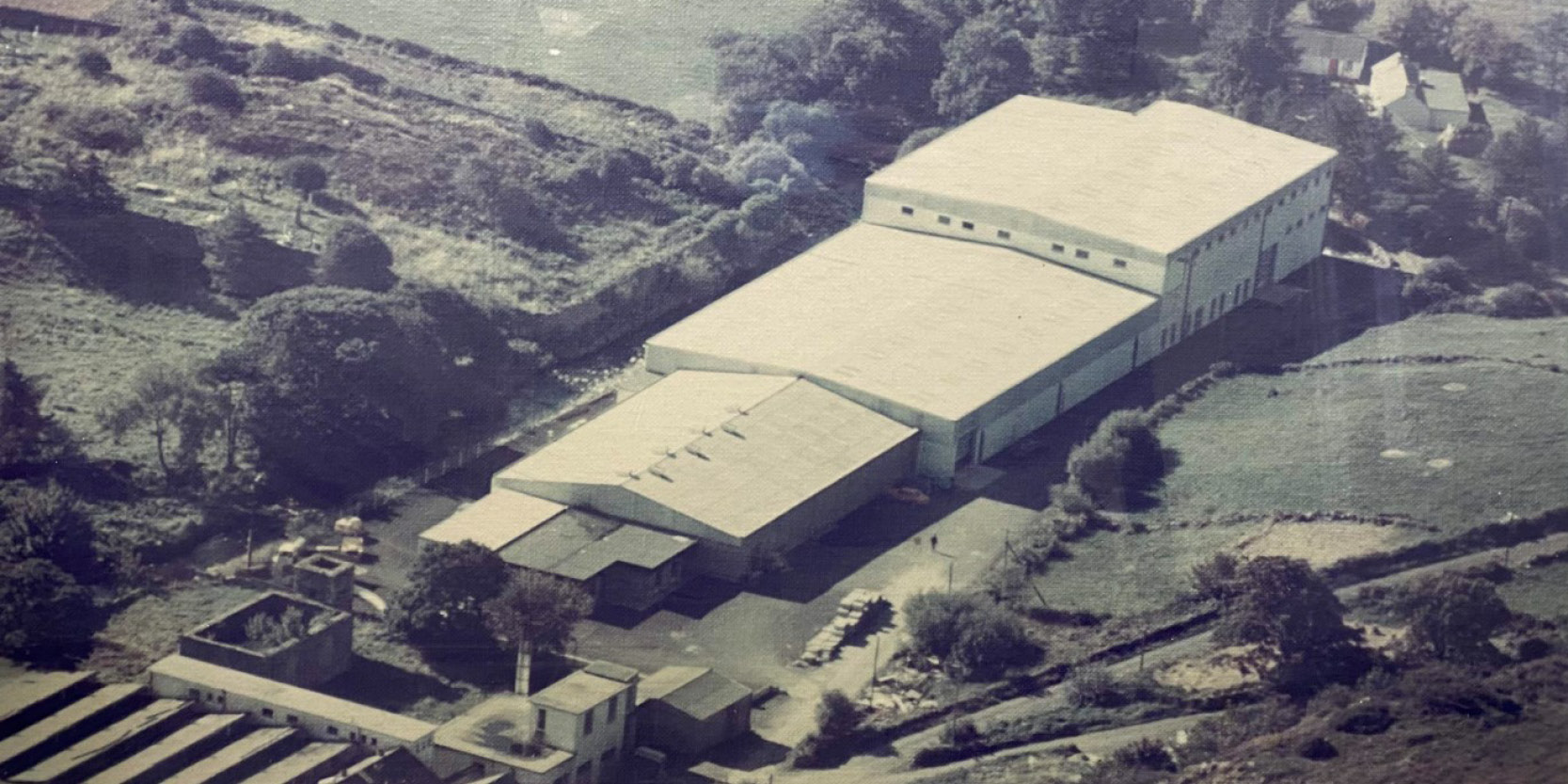
Authentic Donegal Tweed is recognisable for its bright tweed neps and a rustic, lively surface. The neps are also known as «burrs» in English, and are incorporated into a robust yarn. The impressive quality of the tweed yarns from Donegal has made «genuine Donegal Tweed» renowned throughout the world. To this day, the ‘Donegal Yarns‘ wool spinning mill is able to carry out the entire production process for traditional Donegal Tweed yarns in the small village of Kilcar, in south-west Donegal. In an interview with ‘The Knitter‘, Chris Weiniger tells us:
“Our tweed yarns have retained their character. They display an authentic, handmade look, and their colours relate to the landscape here in the northernmost tip of Ireland. They are unique yarns with tradition and history“.
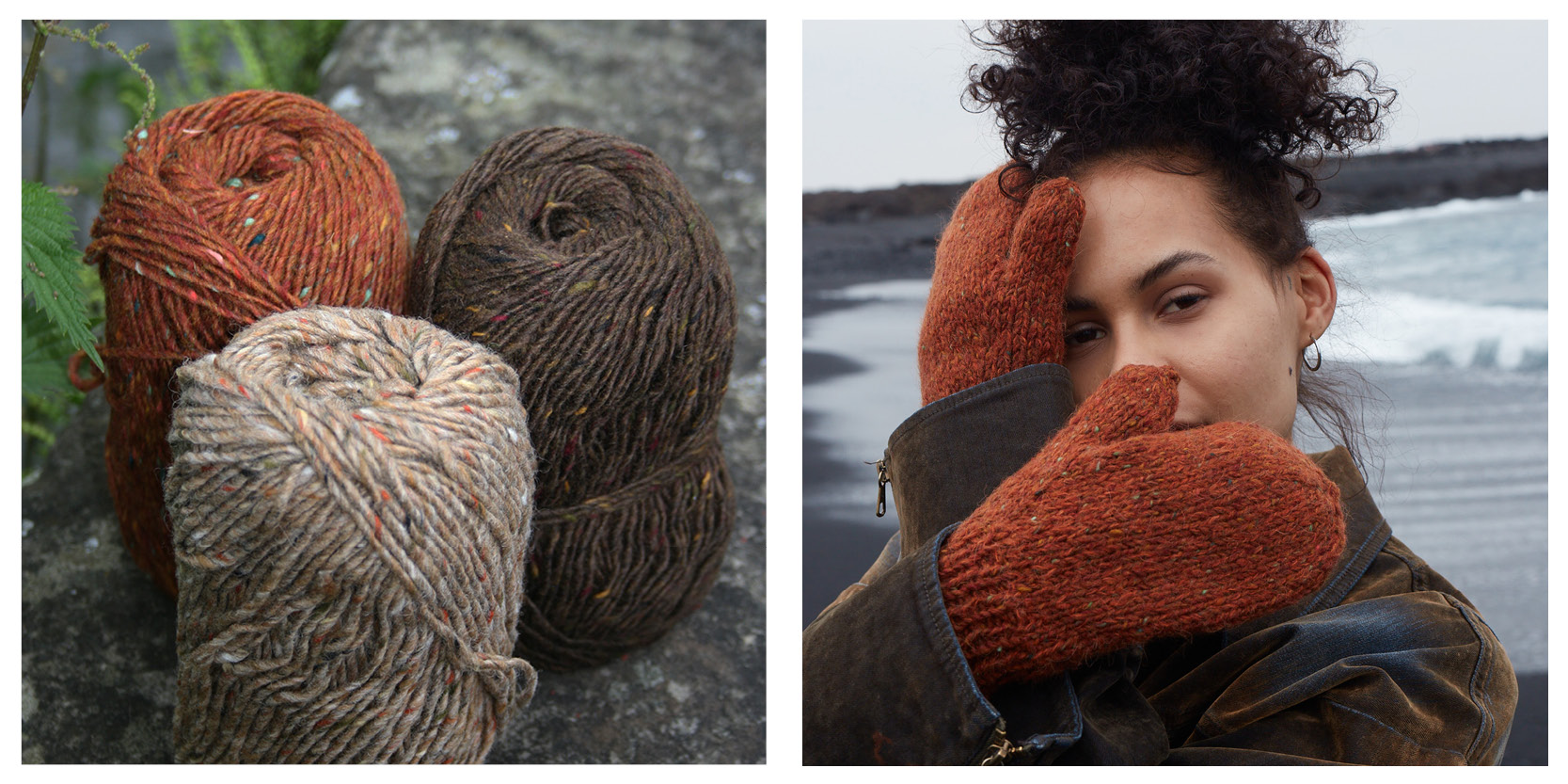
DONEGAL & DONEGAL TWEED +
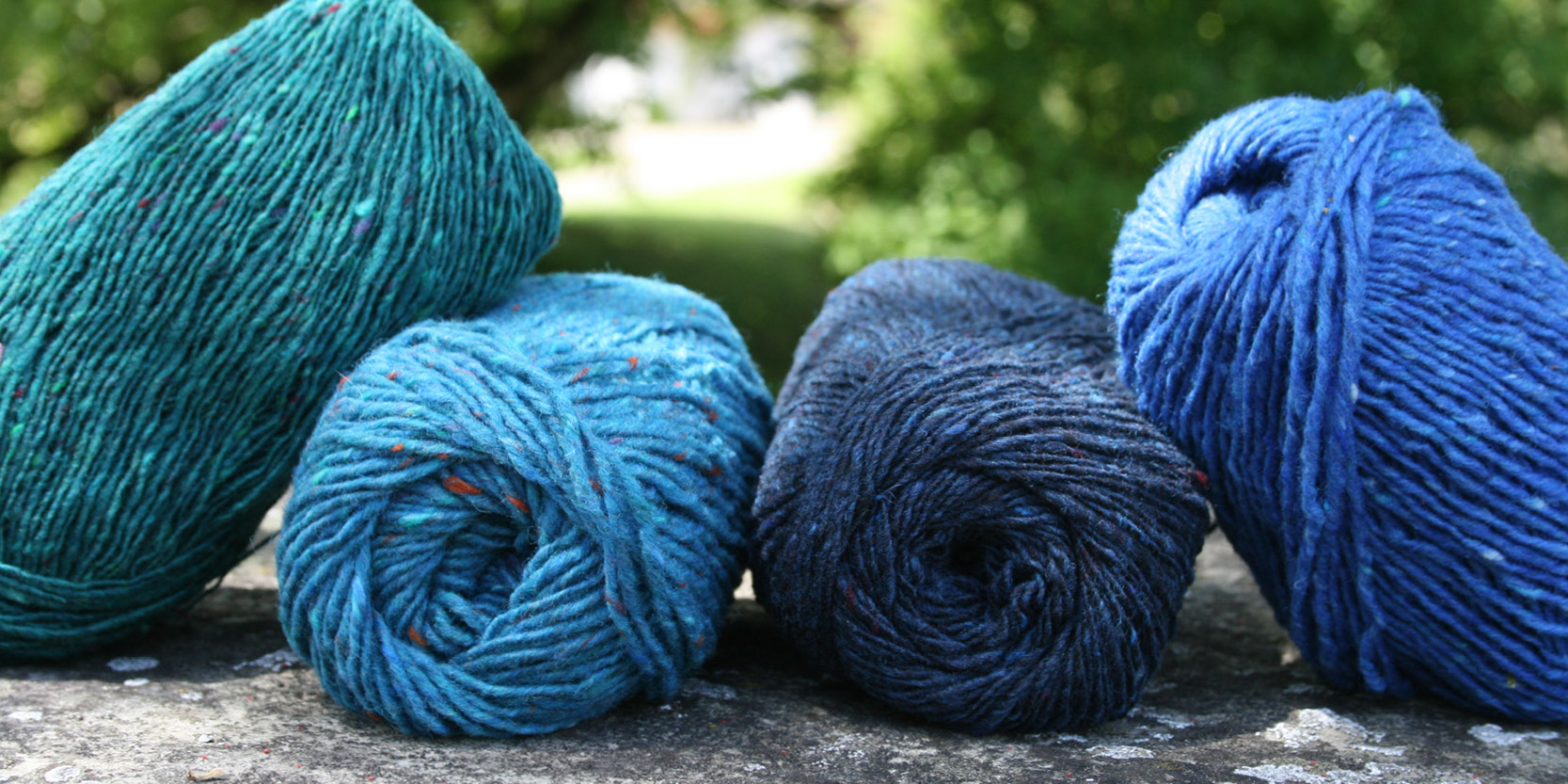
Following on from DONEGAL, DONEGAL TWEED + is the second tweed yarn in our collection to be produced in Irland. DONEGAL TWEED + is a classic double-twist, spun from a loose roving. The roving is made with a pre-dyed wool fibre blend produced using 100% mulesing-free virgin wool. To ensure the high quality of the yarn, we have developed our own wool fibre blend comprising 56% Australian merino wool, 30% New Zealand Corriedale wool and 14% carbonised merino wool from all over the world.
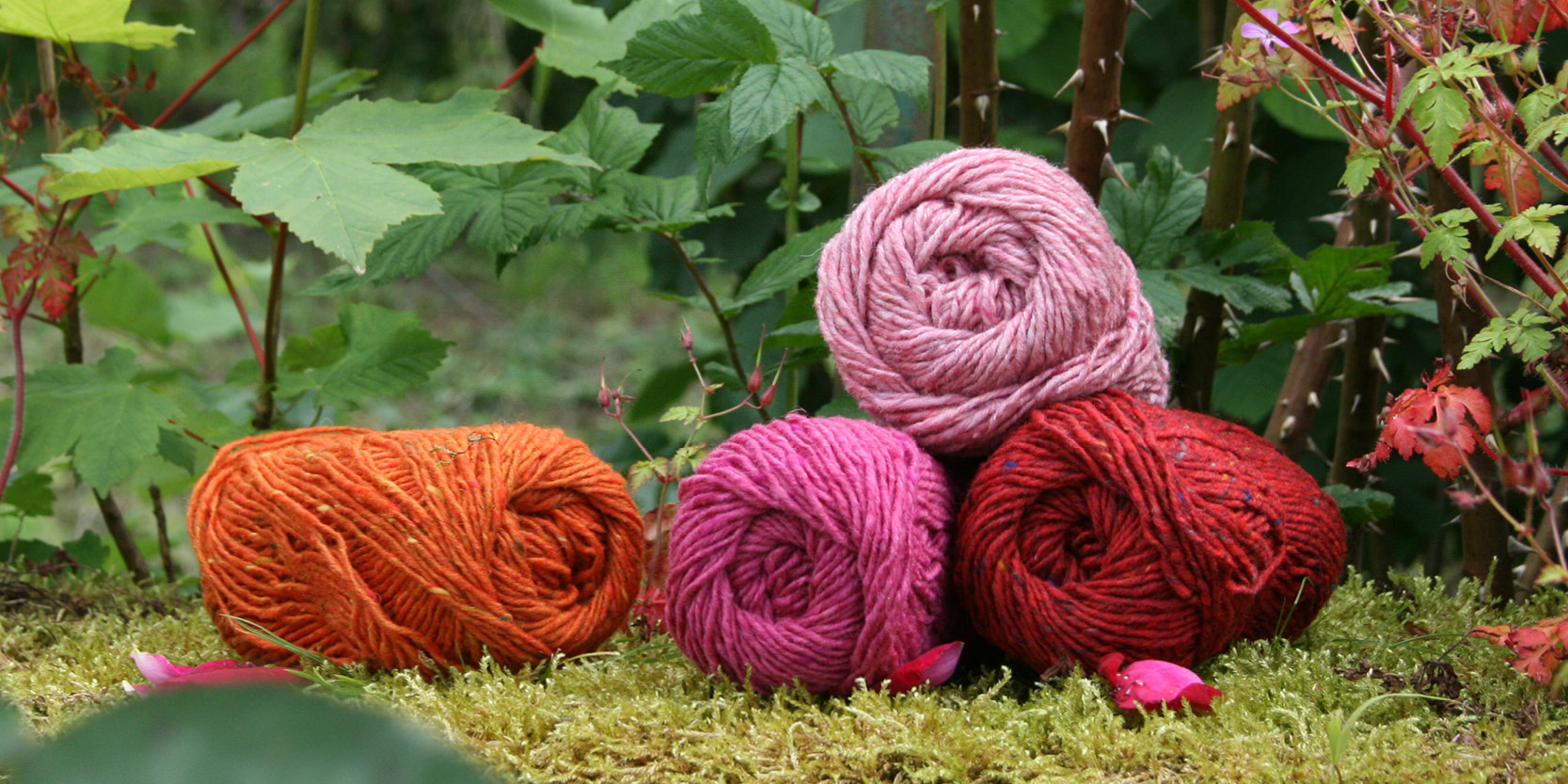
Metreage: ∼105 m / 50 g | Needle size: Ø 4½ - 5 mm | Knitting gauge [10 x 10 cm] : 25 stitches x 17 rows.
The characteristic colours of the yarn result from the process of carding 8 dyed wool fibre mixtures, which are combined to produce a homogenous top. The 14% merino wool fibre for the tweed neps is cleaned using a chemical process to remove any plant residues and then dyed to create the contrasting colours for each base shade. These are then also incorporated into the top in the carding process.
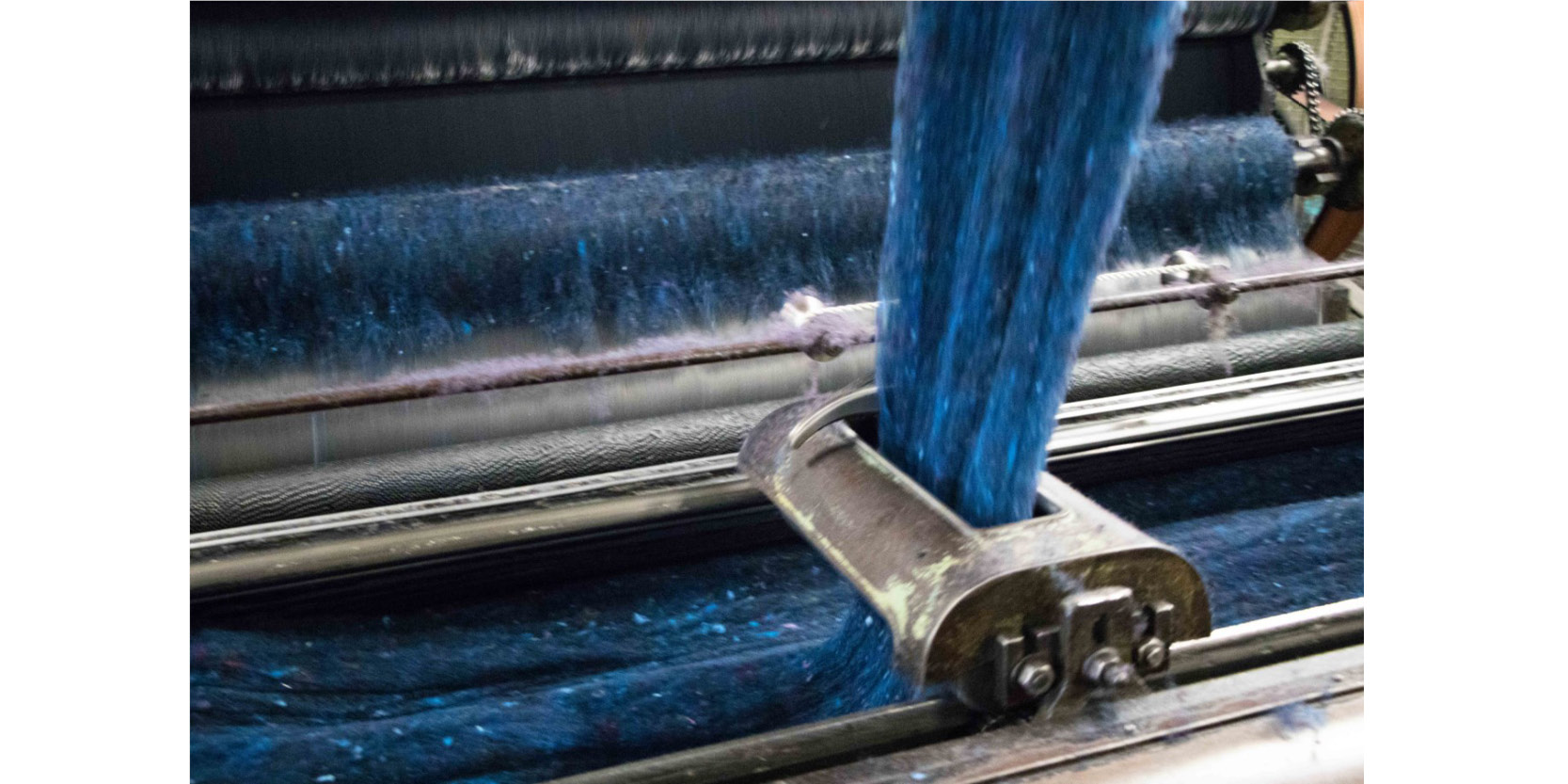
The colours of DONEGAL and DONEGAL TWEED + reflect their origin, they are inspired by the green valleys and hills of the Donegal region, sprinkled with grey and white stones. The yarn takes on the violet, pink and blue hues of heather in summer and expresses the golden shades of autumn, the red berries of the rowan tree in winter and the yellow gorse flowers in spring.
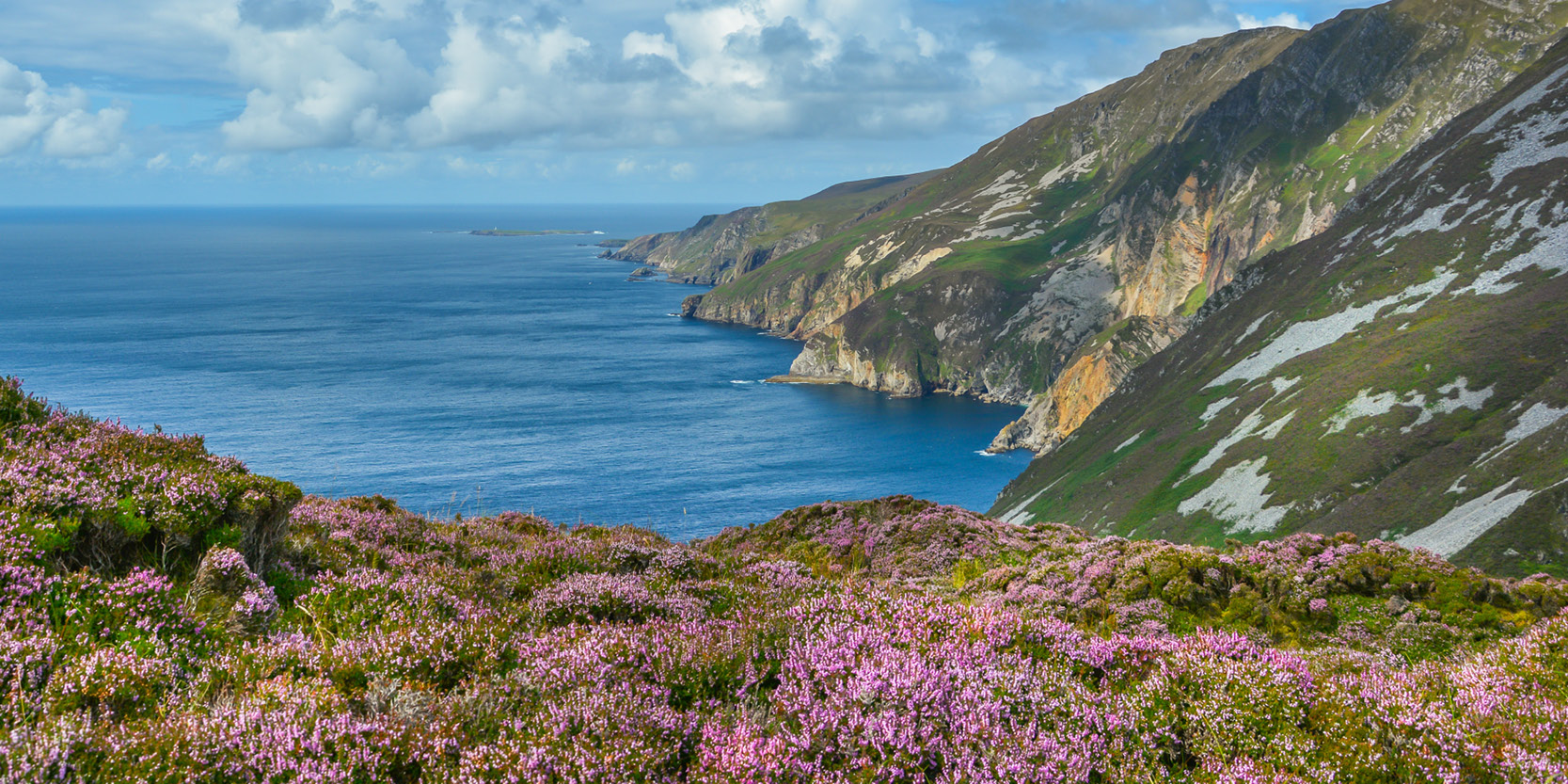
The charming character and colours of the Donegal yarns are shown off to great advantage in classic and traditional knits. They convey a timeless look and can become heirloom pieces. The sweaters, cardigans and accessories made with DONEGAL and DONEGAL TWEED + have a rough appearance. But the yarns feel soft and lofty, especially after they have been washed. Residues of spinning oil in the yarn dissolve in the wash, bringing about a remarkable transformation. For some inspiration, browse through the new PUNTO 77 DONEGAL TWEED + which is full of cabled sweaters and cardigans in stocking stitch to knit with DONEGAL TWEED +.
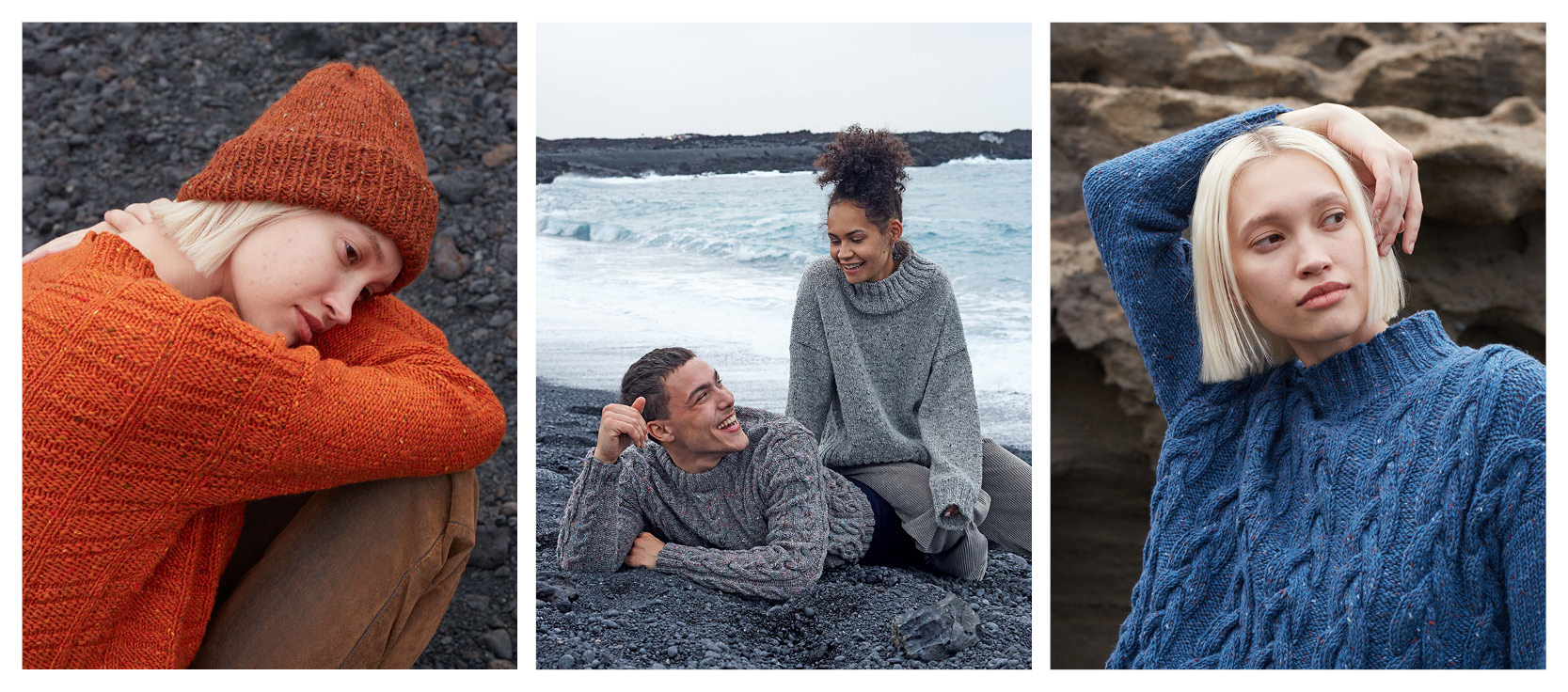
You can also knit the thinner variant of DONEGAL double, if you select two different colours you can create an interesting mélange effect which enhances both shades. Take inspiration from the designs for DONEGAL and feel the authenticity of the traditional production process, where occasional irregularities are a feature of the quality of this genuine wool tweed.
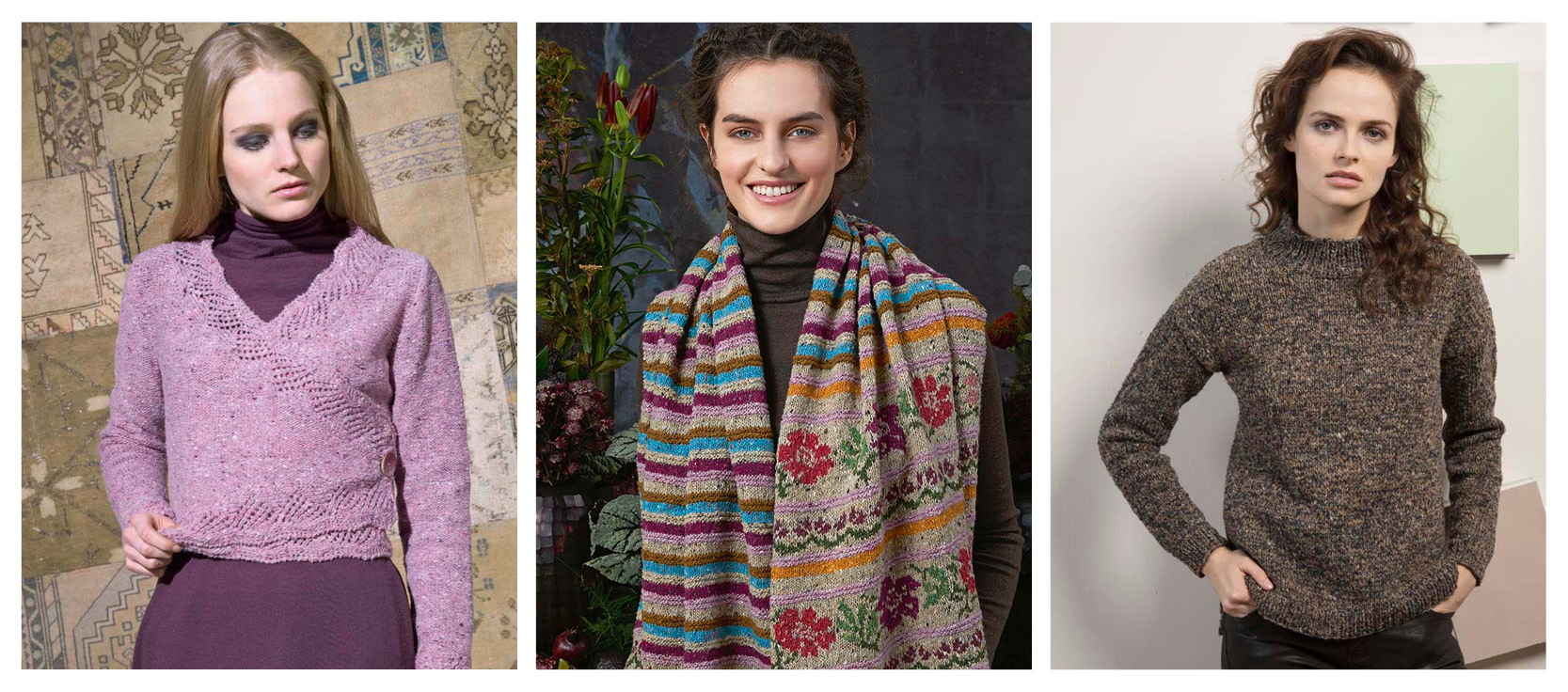
Sources
DONEGAL YARNS – The Genuine Donegal, https://donegalyarns.com/.
The Knitter (German Edition), issue 72/24, www.craftery.link/knitter.
